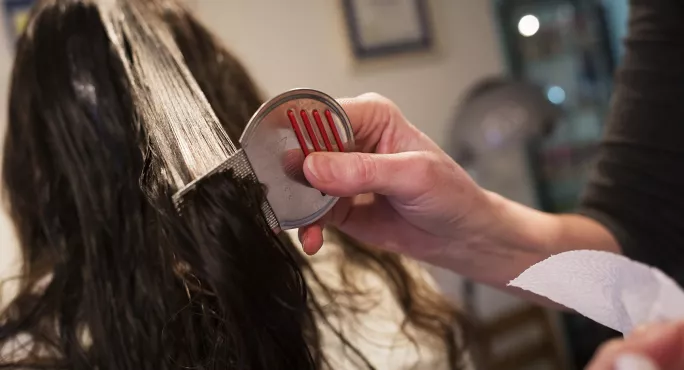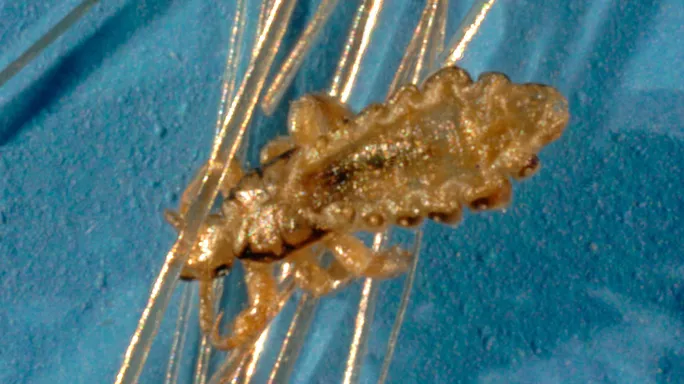“Don’t get too close to Lily,” a student told me, sotto voce, as I collected in the maths books. “There’s something moving in her hair.”
I instinctively put a hand to my head and took a step back.
For teachers, head lice are just another occupational hazard.
Quick read: Watch out, the nits are about!
Quick listen: What you need to know about the problems with ‘school readiness’
Want to know more? Why the body is as vital as the brain when it comes to learning
As invasive as Ofsted but easier to send packing, with a bottle of medicated shampoo and a good going over with a nit comb.
It only takes someone asking the office manager for 28 copies of “the letter” for every adult in range to immediately develop phantom itching and hastily tie up their hair.
Suddenly, girls with waist length tresses bring you out in a cold sweat and a trip to the hairdresser takes on a frisson of danger.
Now that the nit nurse has had her day, there’s no one to keep a check on the movements of those sneaky head lice.
Teachers don’t have the time, inclination or safeguarding permission to go rummaging through hair, so the first time you become aware of their presence is often when the lice have accumulated in sufficient numbers to be staging a flash mob for the entertainment of your reading group.
The younger the children, the less this bothers them. In fact, it can be quite the reverse. It’s not uncommon to find a group of infants trying to catch a nit to keep as a pet.
I once had to stop a five-year-old from using her friend’s plait as a walkway to lure the nits onto her own head.
If you’re a primary teacher, it will only be a matter of time before you find yourself sharing your classroom with a few thousand uninvited guests. When this happens, you need to take swift action to keep one step ahead of the nit game.
Keep your distance
Contrary to popular wisdom, head lice can’t jump. The only way they can get to your hair is by walking there from someone else’s. So keep your distance.
This isn’t always practical when you teach young children and spend half your life crouching and kneeling on the floor, but do everything you can to get your hair out of reach.
If it’s long enough to tie back, go for a bun. I have a friend who swears by a coat of hairspray with Vaseline around the hairline (I have no idea if there’s any scientific basis for this or if she’s just trying to create some kind of lice-repellent ice rink).
Persist with parents
In every class, there is likely to be at least one child whose parents routinely ignore the nit letter. Since this will invariably be the child with the longest, thickest hair and a tactile disposition, this poses a problem for the rest of the class.
Your options, at this point, are limited. Talk to the parents, emphasising the wellbeing of the child and the contagious nature of head lice. If this has no effect, get your headteacher to have a chat too, along with - if you can still find one - the school nurse.
Use the “they like clean hair” line (and don’t admit this was just a myth put about in the 1970s to placate middle-class parents).
If all fails, you might have to get to work with the comb yourself knowing it will be worth it in the long run. It’s a lousy job, but someone’s got to do it.
Jo Brighouse is a pseudonym for a primary teacher in the West Midlands





